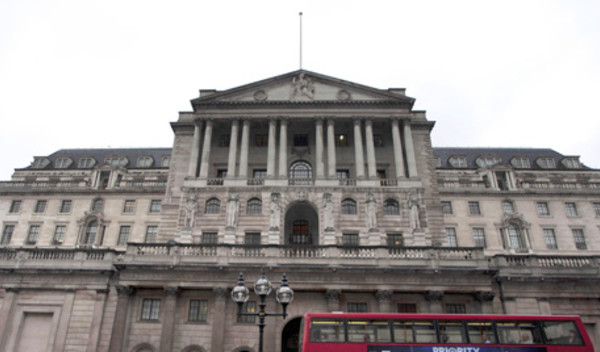
Article 2 / 7
Summer Investment Monitor 2017Attention turns back to central banks as political risk fades

With growth gradually improving, 2017 has so far been defined by notable political events, rather than major market movements, beginning with president Donald Trump’s inauguration in January. This was followed by a raft of European elections, which largely saw the centre ground win out over more populist parties, thereby easing some of the political concerns at the top of investors’ minds.
The UK prime minister Theresa May took the momentous decision to trigger Article 50 on March 29, which marks the two years Britain has to negotiate its way out of the EU. Mrs May then took the country by surprise by calling a snap general election for June 8, a decision which backfired and left her government in a precarious position. Gavin Counsell, multi-asset fund manager at Aviva Investors, says: “The story of 2017 so far has been around growth expansion and politics. We ended 2016 with a wave of optimism: accelerating growth, rising inflation, rallying equity markets and rising bond yields.”
In spite of all the political risk in the first half of 2017, stockmarkets have remained calm. The Vix index, which is a measure of near-term volatility based on the S&P 500 and is an indication of the so-called level of fear in the markets, has been trending lower since the outcome of last year’s Brexit vote.
Michael Baxter, economics commentator at The Share Centre, explains: “Since the index was launched in 1990 the average reading has been 19.5. It peaked in 2008 with a reading, at close, of 80.06, and closed at 42.99 on August 10 2011. However, over the past 12 months or so volatility has been low, with mild exceptions during the EU referendum and the US election. The index closed at a 12-month high of 25.76 on June 24 2016, and also rose above 22 a few days before the [EU vote].”
At the same time, the FTSE 100 and S&P 500 indices have been steadily climbing. In the year to date to May 31 the FTSE 100 is up 7.3 per cent, while the S&P 500 has gained 3.7 per cent in sterling terms, data from FE Analytics shows. Mr Counsell says: “The equity market has continued to rally strongly, with many regions approaching, or going through, five-year highs. This has reflected the improving growth sentiment seen in market survey data, as well as improving equity earnings growth estimates.”
While there is apparent confidence in equity markets, the funds industry remains under pressure. Investment Adviser’s research highlighting ‘red flag funds’ has revealed an increase in numbers for the first time since 2012. The number of portfolios identified as being at risk of being closed or merged has risen from 23 in 2016 to 25 this year.
In the second half of 2017, scrutiny may fall again on central banks and their monetary policy decisions. The US Federal Reserve raised rates as expected at its meeting last week, but little is certain beyond this. The European Central Bank (ECB) met in early June but also gave very little away in terms of its next move.
Anna Stupnytska, global economist at Fidelity International, remarks: “While [Mario] Draghi emphasised that not much had changed in terms of the inflation outlook, and attributed the downward revisions to mostly energy prices, the 2018 headline inflation forecast at 1.3 per cent – way below the target of 2 per cent and below the current reading – poses a question on whether the ECB will be comfortable moving ahead with tapering quantitative easing from January 2018 as currently expected by the market.”
Central bank policy has helped suppress volatility in the markets, according to Tilmann Galler, global market strategist at JPMorgan Asset Management. “One of the biggest fears in the markets – that rising inflation could lead to a very hawkish policy reaction from the Federal Reserve, the ECB and the Bank of England – almost disappeared on the back of receding inflation pressures in the second quarter. The Fed continues with a slow pace of interest rate normalisation, while ECB and Bank of England policies remain accommodative,” he says.
The question investors will be asking in the second half of 2017 is whether the status quo can continue to be sustained by central bank policy.
Eleanor Duncan is deputy content plus editor at FTAdviser



